Now, you are thinking about how to install a water softener and where to install a water softener? A water softener installation is not tricky, all you need are the right tools and a good step-by-step guide. Although every option comes with a manual that will walk you step by step through the whole process of installing a softening unit, you might need the help of a plumber while doing so. However, here are the steps that will ensure the safe and perfect installation of your new water softener.
- The first step is to stop the flow of water in your house by closing the control valve.
- Find the place where you want to install the water softener.
- Find the water meter and then cut the pipes precisely from the point where the water enters your house.
- At this point, you will have to install the pipe connection. The connection has to be a three-valve. We use a valve to stop water from entering the softener system, stop water from leaving the unit, and thirdly a bypass valve.
- The next step is to make sure all connections are tight. If you feel that the links are loose, you can solder it.
- Now you need to connect the main tank and the brine tank with a 3/8 standard plastic tube.
- By using a hose clamp, you need to join the drain line and the drain elbow.
- Next, you have to connect the discharge pipe to the water waste drain.
- Finally, connect the main pipe from the unit to the pipeline that goes inside the house.
And Viola! You have successfully installed the new water softener system.
Check Out: Top 10 Best Water Softener for Home/Well Water
Where to install the water softener?
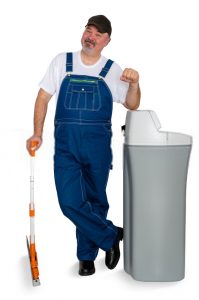
Whole house water softener systems, for instance, need to be installed near the main water pipeline. Do not install your softening unit downstream from your water heater, because the high temperatures may cause a problem to the water softener system. If you’re putting in reverse osmosis or salt-based water softener system, you may additionally make sure that your system is close to a drain, or that it may be flushed into a close-by drain or into a suction pump to be flushed outdoors. Under the sink, models can usually drain straight into the waste line.
Check Out: Top-Rated Electronic Water Descalers

Steve Smith is a United State Licensed Plumber with over 18 years of plumbing experience. Steve has conducted residential and commercial plumbing jobs throughout the state and currently works for one of California’s largest plumbing companies. When he’s not working, Steve enjoys spending time with his daughter and son.
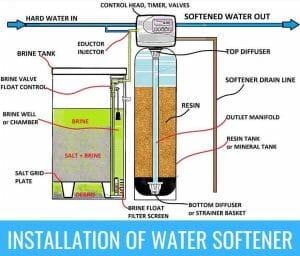
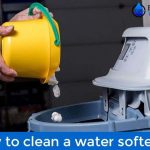
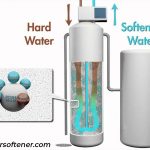


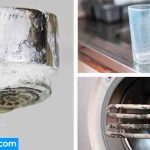

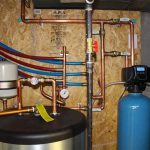

Leave a Reply